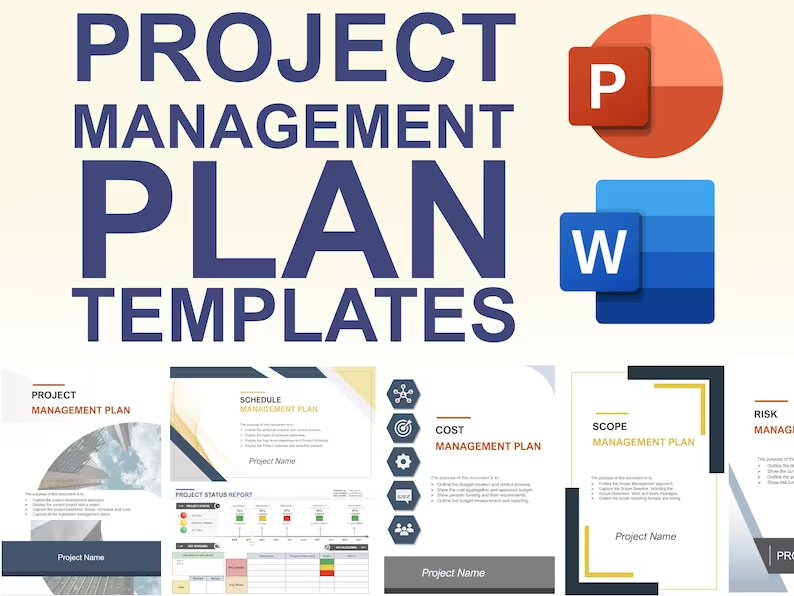 Exciting Updates to the Agile Certified Practitioner (ACP) Exam: What You Need to Know
Exciting Updates to the Agile Certified Practitioner (ACP) Exam: What You Need to Know
There have been some significant changes to the Agile Certified Practitioner (ACP) certification from PMI, and I’ve already updated my ACP course to reflect all of those changes. I wanted to take a moment to give you a behind-the-scenes look at these updates, show you what’s new, and highlight all the amazing additions that match the updated exam content outline. If you’re planning to sit for the ACP exam, these updates are crucial for your preparation.
New Eligibility Requirements for the ACP Exam
First things first, the eligibility requirements for the ACP exam have changed. To be eligible for the exam, you need:
- A secondary diploma (high school or equivalent).
- 28 contact hours of agile education. My course covers these 28 hours, ensuring you meet this requirement. You can still use 21 hours until March 31, 2025, but with my course, you’re already set with the full 28 hours.
- Two years of agile experience, or a current PMP.
I’ve also added content to my course to specifically cover the 28 contact hours, including agile frameworks, methodologies, and practices. This ensures you’ll be fully prepared for the new requirements.
What’s New in the Course?
I’ve worked hard to update the course and ensure it aligns with the new exam content. Here’s a breakdown of the major updates:
General Introduction to Agile
We begin with a general introduction to agile – covering the basics of agile practices, frameworks, and methodologies. This section sets the foundation for the course, ensuring you understand agile in a project context.
Updated Exam Content Outline
Next, we dive into the updated ACP exam content outline. I’ll guide you through the key concepts and principles you need to focus on, making sure you’re aware of everything that’s relevant for the new exam format.
Real Project Matched to the ACP Exam
One of the most exciting additions to the course is a fully-realized project that matches the new ACP exam content outline. In this section, we go step-by-step through the process of delivering a web app for a fitness company. It’s not just theoretical – this project provides real, practical insights, and every stage is directly tied to the ACP exam’s learning objectives.
Comprehensive Agile Frameworks
I’ve also included an in-depth exploration of all the key agile frameworks, including:
- Scrum
- Extreme Programming (XP)
- Kanban
- Feature-Driven Development (FDD)
- Crystal
- SAFe (Scaled Agile Framework)
- Large Scale Scrum (LeSS)
- …and much much more.
These frameworks are crucial to understanding agile at a deeper level, and we dive deep into each one to ensure you’re well-versed in how they work.
Agile and Executive Coaching
Another standout feature of this updated course is the inclusion of agile and executive coaching. Having worked as an agile coach myself, I’ve seen firsthand how organizations often struggle with agile transformation. In this section, I provide valuable insights on coaching executives and addressing common challenges within agile projects. This coaching information is something you won’t find in many other courses, and it’s sure to take your knowledge to the next level.
Agile Transformations: Changing Organizational Culture
Beyond just implementing agile within projects, we also cover agile transformations – how to change an entire organization’s culture to become agile. This part of the course provides high-level strategies and steps to guide organizations through the agile transformation process, making sure they’re set up for success long-term.
Quick Review of Key Agile Concepts
To help you quickly refresh your knowledge, I’ve included around 100 key agile concepts that provide a concise review at the end of the course. This is a great resource for last-minute revision before the exam.
Practice Tests to Test Your Knowledge
One of the most valuable additions is the inclusion of two full practice tests, each with 120 multiple-choice, scenario-based questions. These practice tests are designed to mimic the real ACP exam, giving you the opportunity to test your knowledge and assess your readiness. You’ll find these tests cover all the topics you’ll encounter in the actual exam, so they’re a fantastic tool to help you prepare.
Final Thoughts: Become a True Agile Practitioner
By the end of the course, not only will you be ready to sit for the ACP exam, but you’ll also have practical, real-world agile knowledge that will make you a true agile practitioner. This course is designed to ensure that you not only earn the certification but also apply agile effectively in real projects.
Additionally, you’ll receive a certificate of completion once you’ve finished the course, providing proof of your newly acquired skills.
If you’re ready to dive into agile, learn practical techniques, and prepare for the ACP exam, I highly recommend checking out my updated course. You won’t be disappointed with the content I’ve added, and it will set you on the right path to becoming an Agile Certified Practitioner.
See more Agile Certified Practitioner articles:
- What’s NEW in the PMI-ACP Course – 28 PDUs
- Five Core Values of eXtreme Programming – Agile Certified Practitioner
- The Seven Scrum Ceremonies – Agile Certified Practitioner Videos
- The Four Value-Driven Delivery Principles
- Six Ways to Prioritise Requirements in an Agile Team
- The Psychology Behind Kanban
- The Psychology Behind Scrum
- Agile Certified Practitioner – Video and Audio Series
- The Agile Declaration of Interdependence
- Roles and Responsibilities in a Scrum Team
You can see what people are saying about David McLachlan here: REVIEWS
Navigate to Free Project Management and Leadership Articles through the links on the right (or at the bottom if on Mobile)







 Roles and Responsibilities in a Scrum Team
Roles and Responsibilities in a Scrum Team